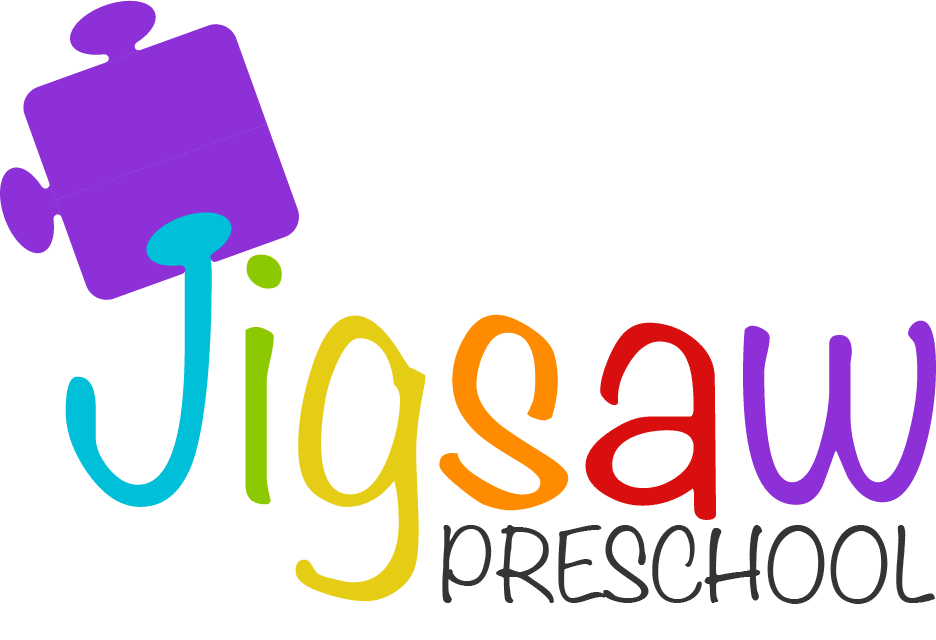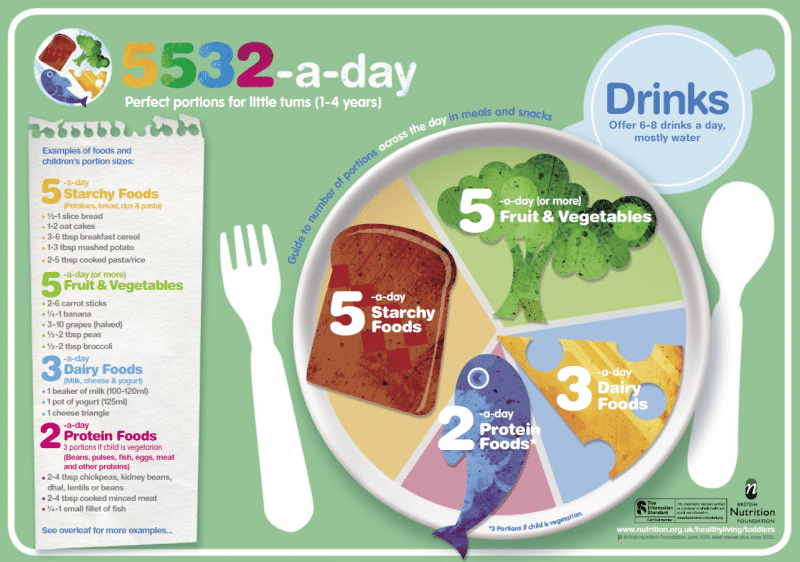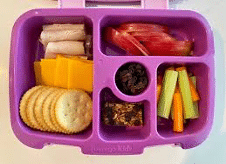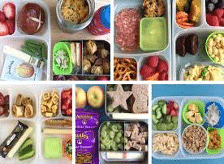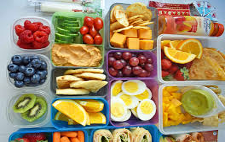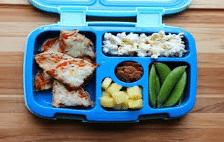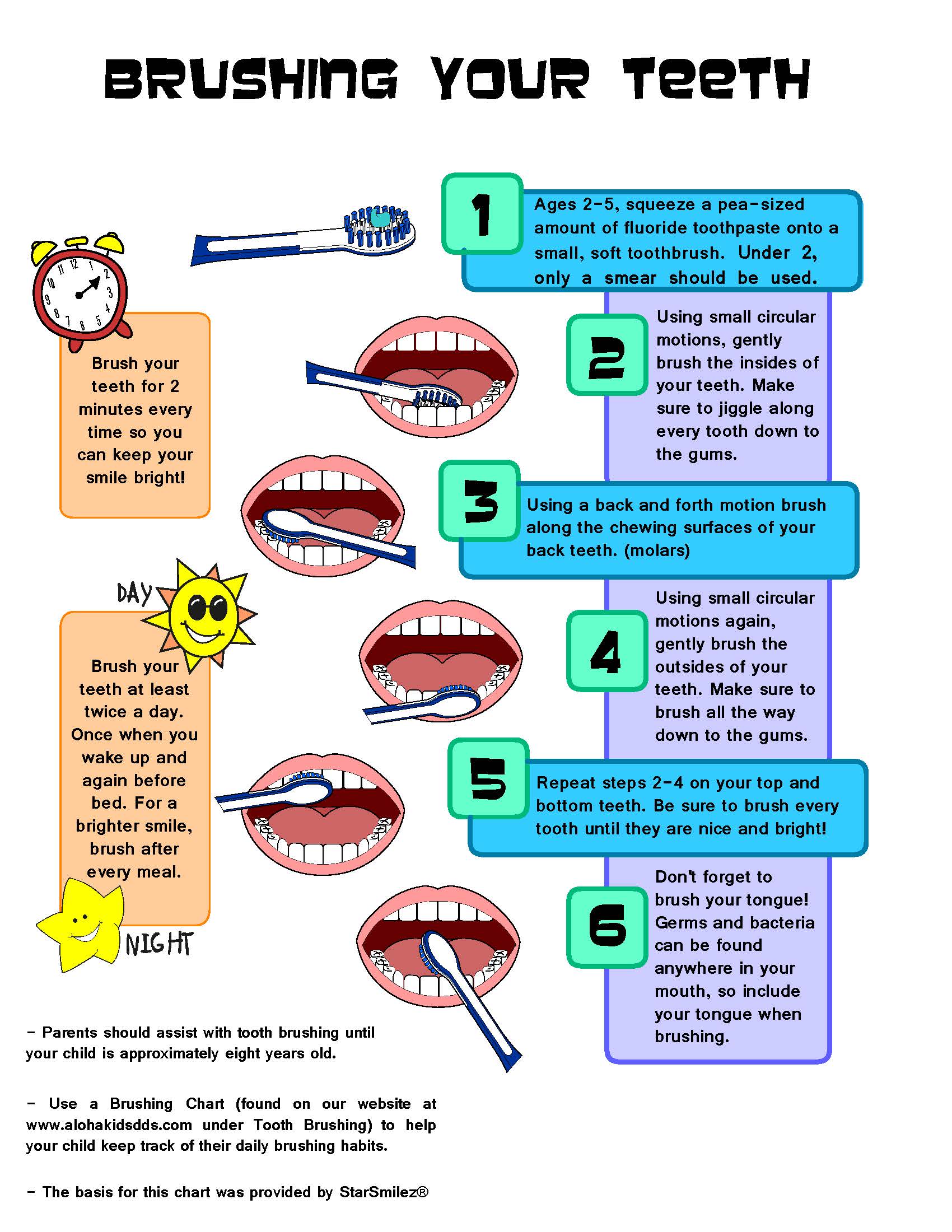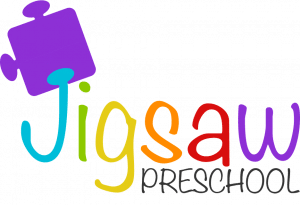Parent
Info
Online learning
Say hello to Tapestry
At Jigsaw Preschool our secure online learning journal helps staff and families to celebrate their children’s learning and development.
By accessing Tapestry, it builds a very special record of a child’s experiences, development and learning journey through their early years education while at Jigsaw. Using photos, videos, and diary entries, a key worker or early years educator, along with the child’s parents or carers, ‘weaves’ the story of the child and how they are growing and developing.
Tapestry platform then works to enable these memories to be kept as a permanent record of each child’s unique journey. All information held in the platform is stored securely and can be downloaded and shared as required. You as parents or carers are able to view your child’s progress, the activities provided for them, and how much fun they’re having, whilst also uploading your own comments and media to add to their learning journey.
Tapestry enables communication between staff and parents that, helps build a shared understanding of how your child/children can reach their full potential, during their time at Jigsaw. The Tapestry online learning journal is also available as an easy-to-use, secure app, meaning capturing key learning moments, and videoing milestones are even easier.
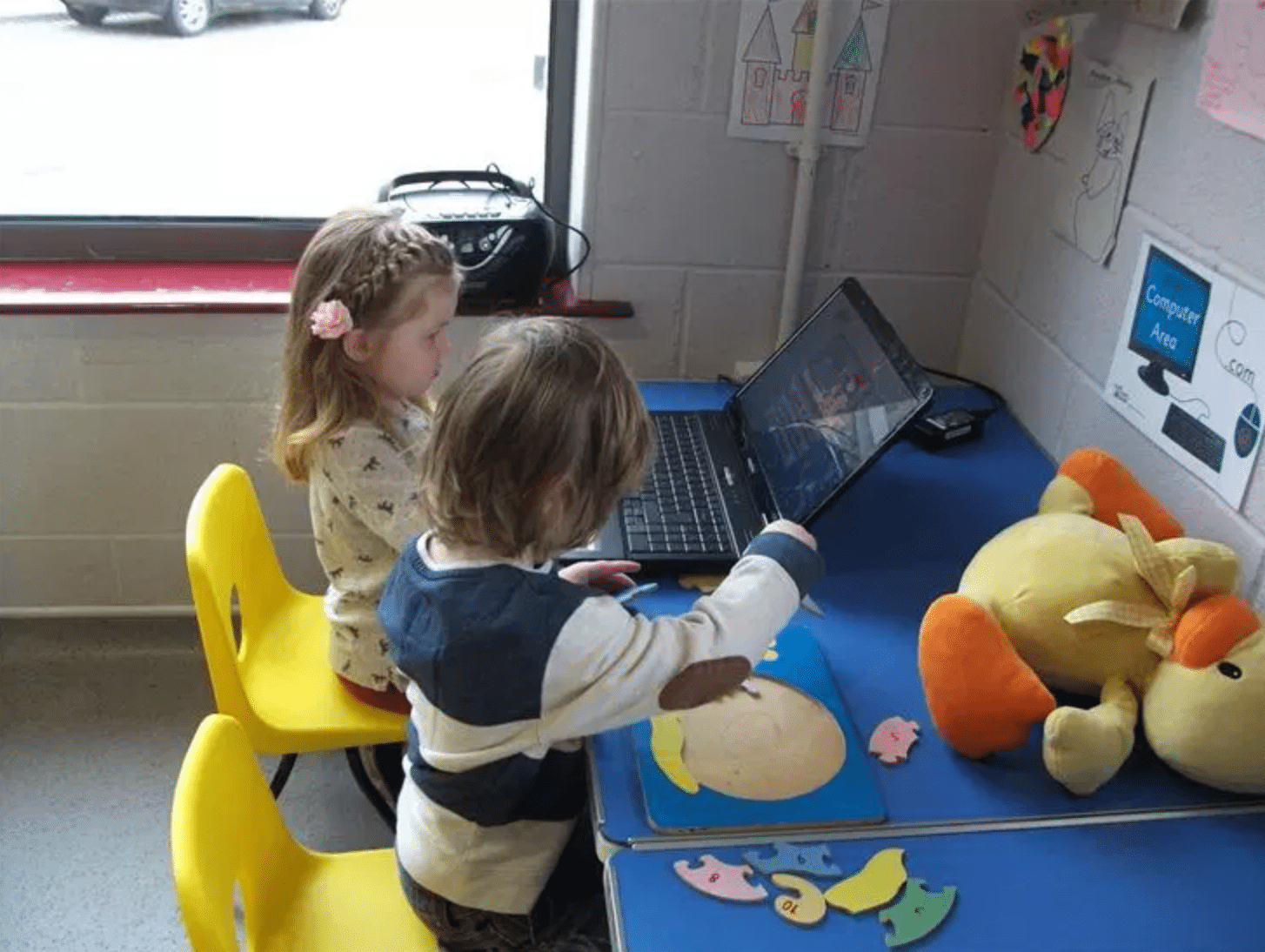
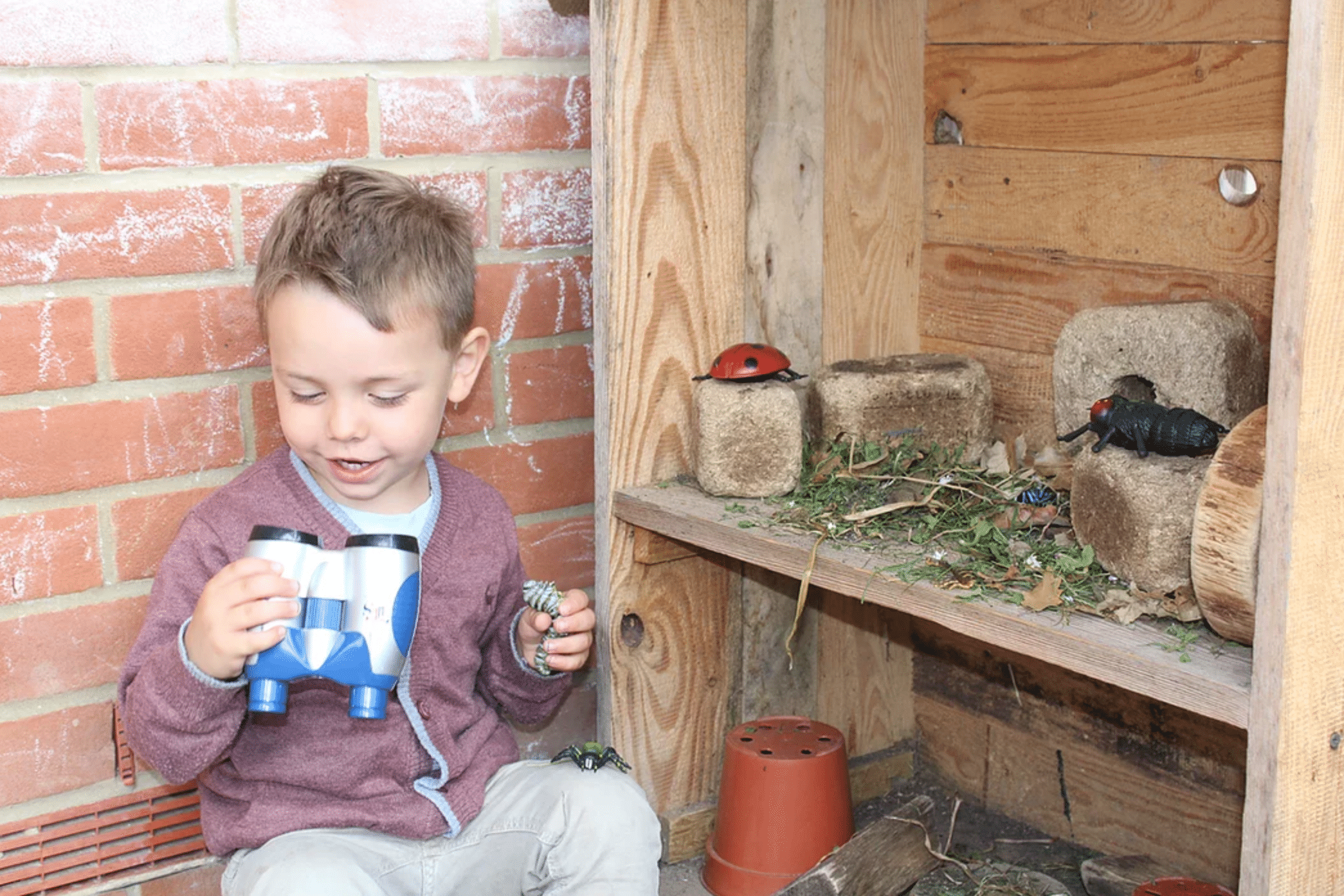
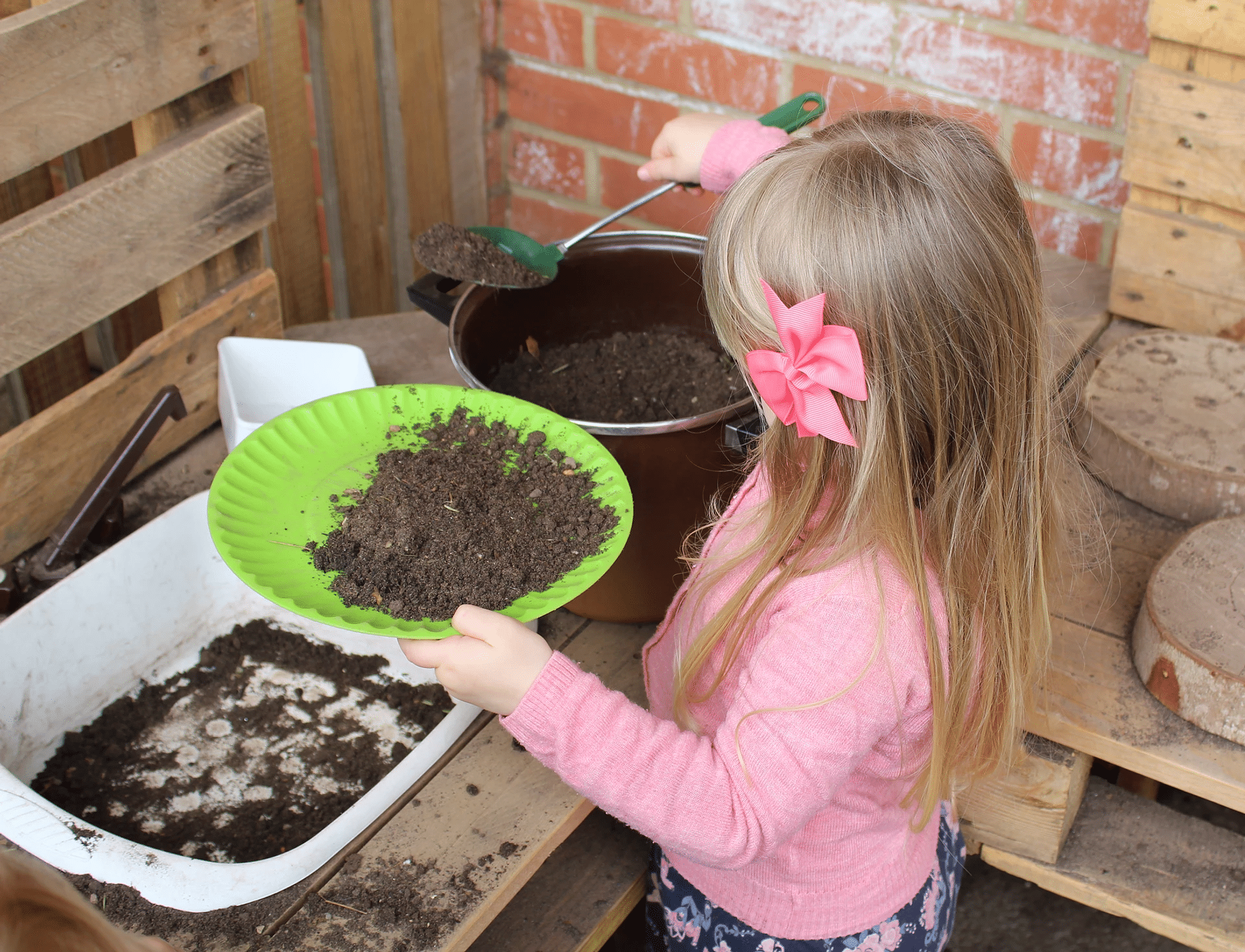
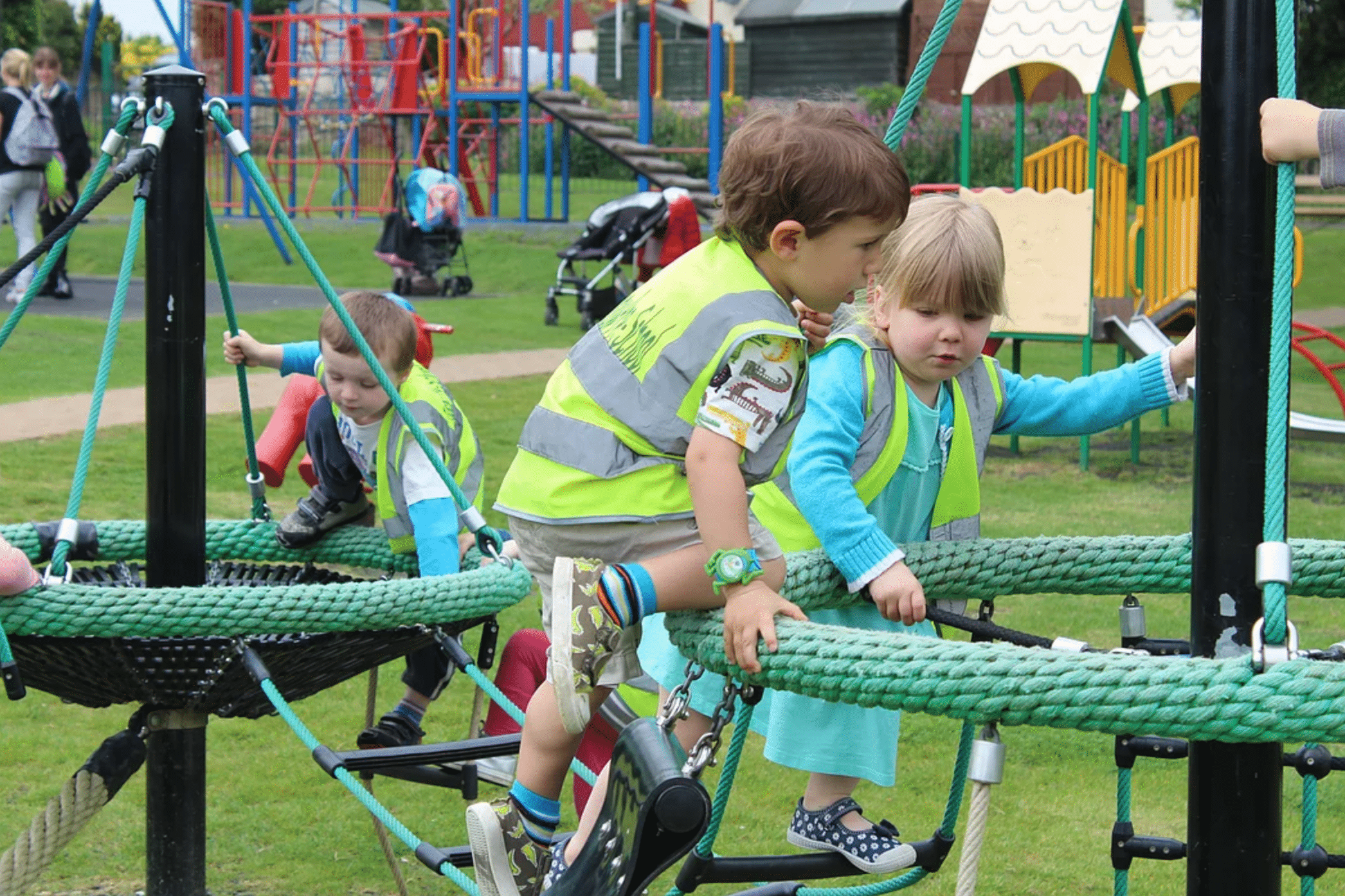
What to expect next
Is a guide to your child’s learning and development in the early years foundation stage.
Parking and location
Jigsaw Preschool is located within the The George Reynolds Centre, South St, between Crewkerne Aqua Centre and The Henhayes Centre.
Henhayes car park is a pay and display car park. We do have parking permits available for parents allowing them 15 mins parking to drop off and collect children only.
Healthy eating and brushing teeth
The British Nutrition Foundation recommends a 5532 a day balance of each of the food groups:
Please see below websites with more information, teaching children about health and well-being is an important part of their education, allowing them to make healthier lifestyle choices.
www.nhs.uk – change4 life
At Jigsaw we are committed to teaching children about healthy lifestyles, looking after themselves through hygiene, exercise and healthy eating.
In this day and age even our youngest children are bombarded through media about eating, cooking, fast food, body consciousness and weight! They receive messages subconsciously from family and television, and some of these are conflicting and harmful without us even realising.
Through our healthy lunch guide, giving children access to healthy snacks, providing access to resources within home corner and visiting local fruit and veg shops to buy snacks, then preparing the snack from the produce, can help to establish healthy lifestyle choices during this early stage of life.
As educators we understand that parents want the best for their children, food can often become a battleground.
Here we have a variety of healthy options that give ideas of portion sizes and items for children’s packed lunches.
Providing a healthy variety helps children from becoming bored of the same food, while encouraging them to try something new.
Here are some ideas:
By selecting 1 portion from each section provides a healthy and cost effective packed lunch for your child.
Toddlers do not need a top-heavy diet of starchy foods-we often see too much bread, cake, biscuits, dunkers, crisps in children’s lunchboxes.
Portion sizes are important:
Start meals with a smaller serving and let your child ask if they are still hungry.
Use a child size smaller plate and not to make them finish everything on the plate.
Encourage your child to eat slowly and use mealtimes as an opportunity to discuss each other’s days.
How to help your child brush their teeth and look after their teeth:
- Guide your child’ hand with yours to enable them to feel the correct movement.
- Use a mirror to help your child see what they are doing.
- Use an egg timer or play a 2 minute song make tooth brushing as fun as possible.
- Make sure children don’t run around with a toothbrush in their mouth.
When to visit the denist:
- NHS dental care for children is free
- Taking your child as soon as milk teeth appear, allows them to become familiar with the environment. Advice from the dentist can identify any oral health problems at an early stage.
- Make regular visits for check-ups.
